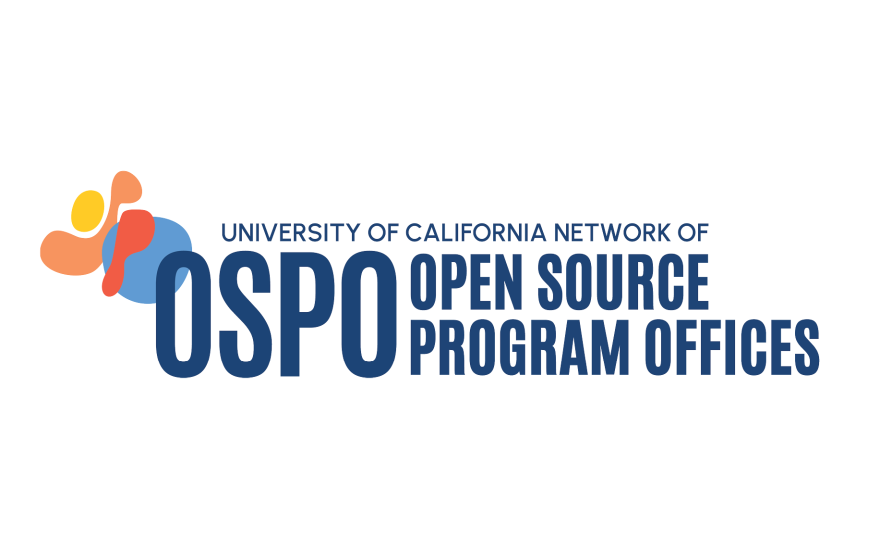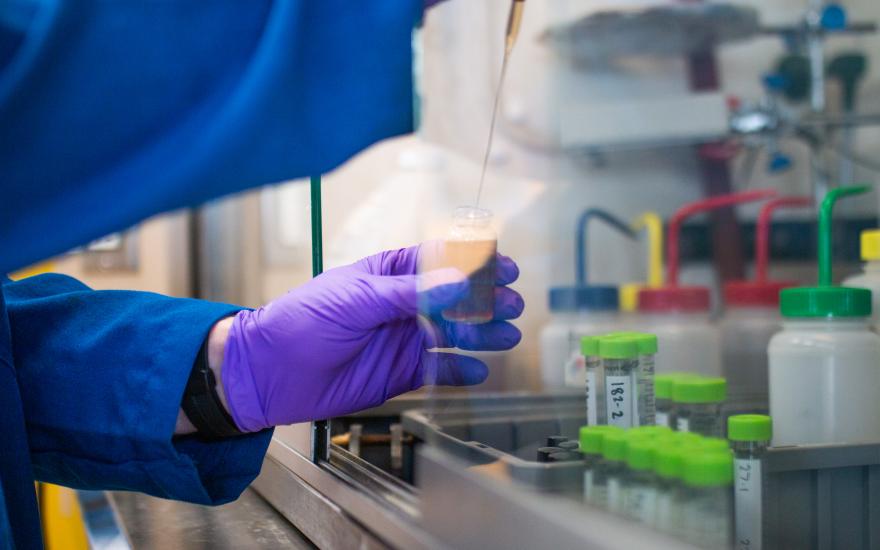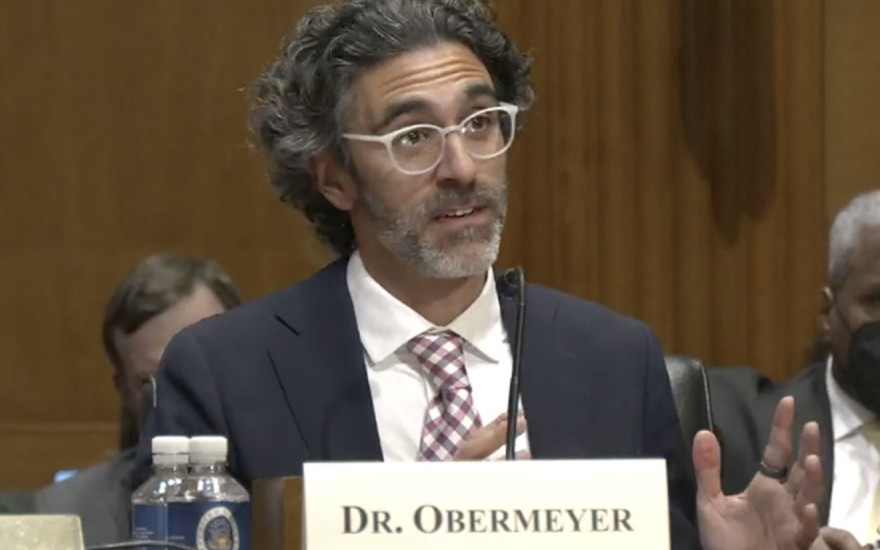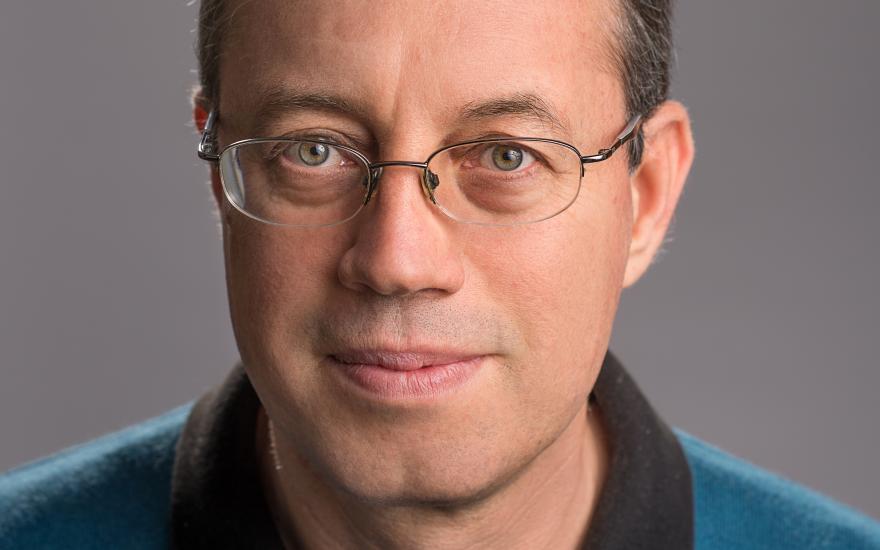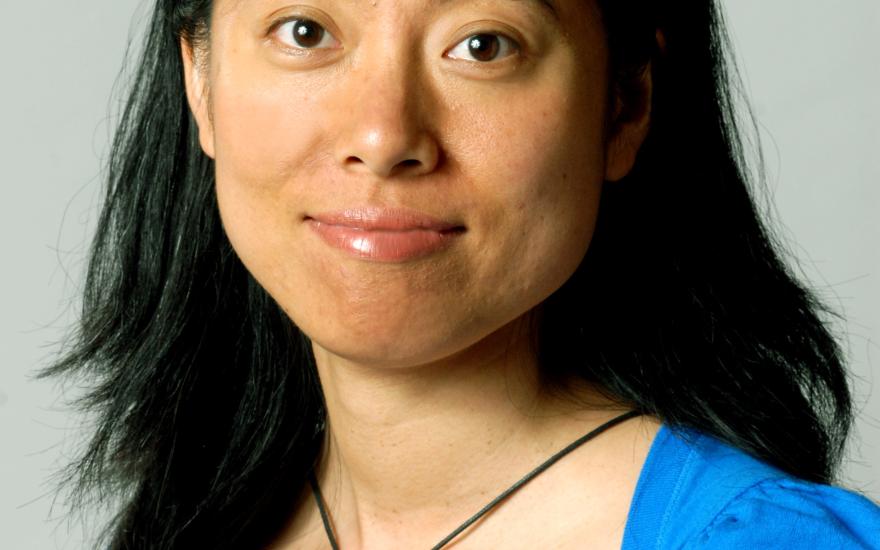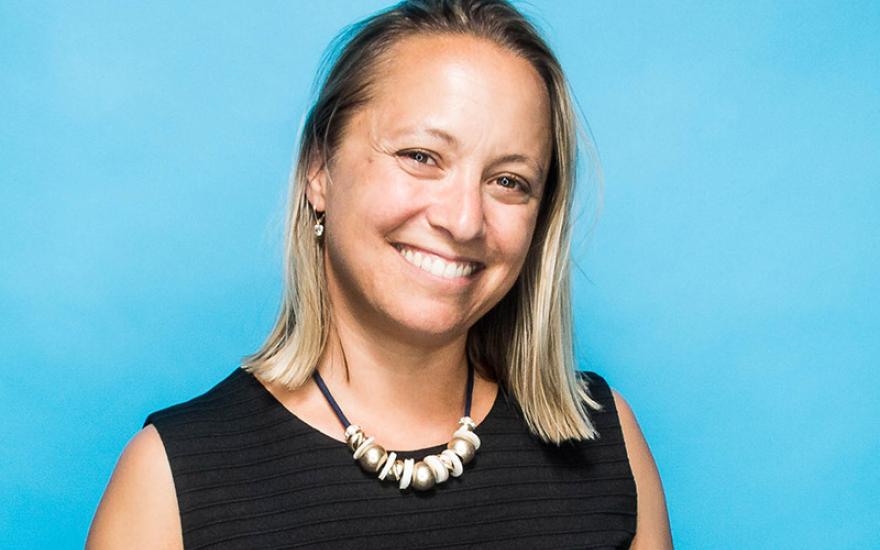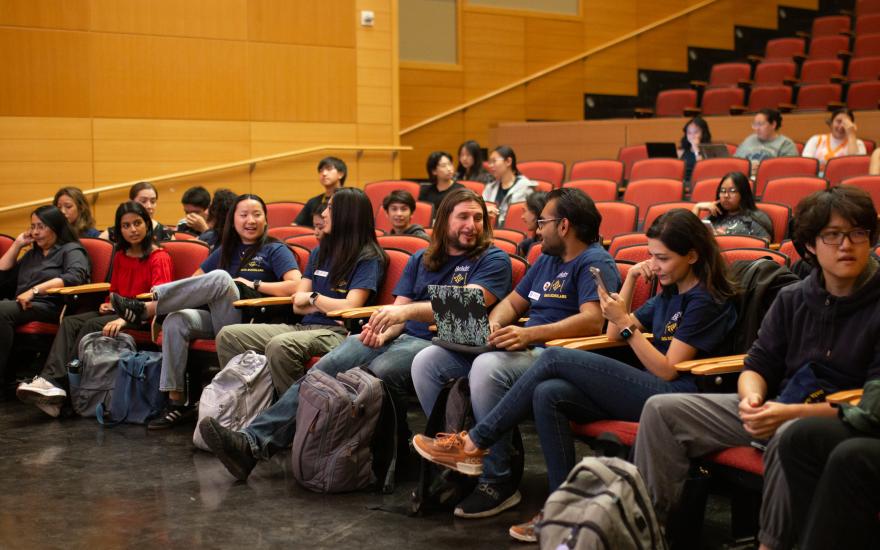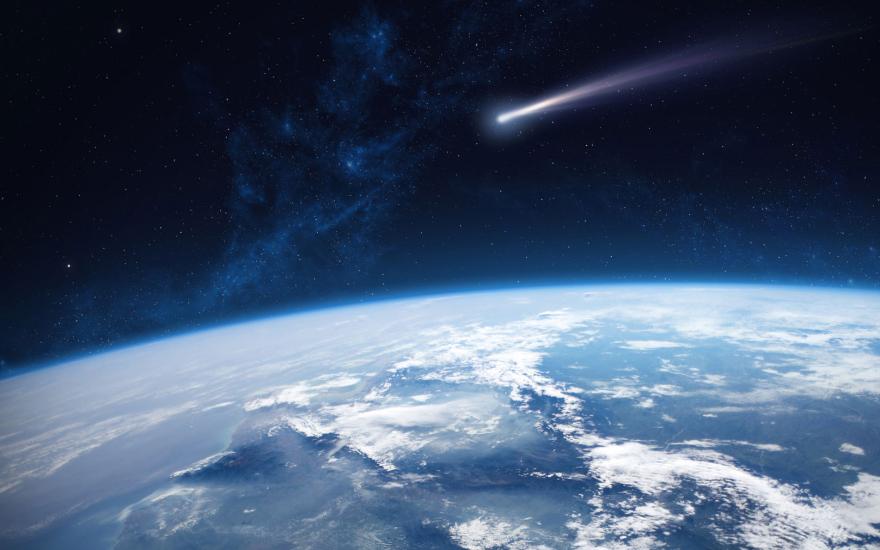
The University of California, Berkeley, is teaming up with NASA's Ames Research Center and developer SKS Partners to create research space for companies interested in collaborating with UC Berkeley and NASA scientists and engineers to generate futuristic innovations in aviation, space exploration and how we live and work in space.
The Berkeley Space Center, announced today (Monday, Oct. 16), aims to accommodate up to 1.4 million square feet of research space on 36 acres of land at NASA Ames' Moffett Field in Mountain View, leased from NASA.
The new buildings, some of which could be ready for move-in as early as 2027, will house not only state-of-the-art research and development laboratories for companies and UC Berkeley researchers, but also classrooms for UC Berkeley students. These students will benefit from immersion in the Silicon Valley start-up culture and proximity to the nation's top aeronautical, space and AI scientists and engineers at Ames.
"We would like to create industry consortia to support research clusters focused around themes that are key to our objectives, in particular aviation of the future, resiliency in extreme environments, space bioprocess engineering, remote sensing and data science and computing," said Alexandre Bayen, a UC Berkeley professor of electrical engineering and computer sciences and associate provost for Moffett Field program development.

"We're hoping to create an ecosystem where Berkeley talent can collaborate with the private sector and co-locate their research and development teams,” he added. “And since we will be close to NASA talent and technology in the heart of Silicon Valley, we hope to leverage that to form future partnerships."
Ever since Naval Air Station Moffett Field was decommissioned in 1994 and NASA Ames acquired an additional 1,200 acres, NASA has been focused on developing those acres into a world-class research hub and start-up accelerator. Initiated in 2002, NASA Research Park now has some 25 companies on site, including Google's Bay View campus.
"We believe that the research and the capabilities of a major university like Berkeley could be a significant addition to the work being done at Ames," said NASA Ames Director Eugene Tu. "In a more specific way, we would like the potential of having proximity to more students at the undergraduate and graduate level. We would also like the possibility of developing potential partnerships with faculty in the future. The NASA mission is twofold: inspiring the next generation of explorers, and dissemination of our technologies and our research for public benefit. Collaboration between NASA and university researchers fits within that mission."
UC Berkeley hopes eventually to establish housing at Moffett Field to make working at the innovation center easier for students — without a 47-mile commute each way. Bayen noted that Carnegie Mellon University already occupies a teaching building at Moffett Field. With the addition of UC Berkeley and the proximity of Stanford University, he expects the intensity of academic activities in the area, both instructional and research, to increase immensely.

(Photo courtesy of NASA Ames)
"We have major facilities here at Ames — the world's largest wind tunnel, NASA's only plasma wind tunnel to test entry systems and thermal protection systems, the agency's supercomputers — and the university will likely build facilities here that that we might leverage as well. So, I look at that as a triad of students, faculty and facilities," Tu added. "Then the fourth piece, which is equally important: If the project is approved to move forward, the university will likely bring in partners, will bring in industry, will bring in startups, will bring in incubators that could be relevant to NASA's interest in advancing aeronautics, science and space exploration."
"What they're doing at NASA Ames is transformational, but in order to make it heroic, in order to make it even larger than what is now possible, they have to use the combined resources of the number one public university in the world, private industry and the most innovative place on the planet, which is Silicon Valley," said Darek DeFreece, the project’s founder and executive director at UC Berkeley.
Automated aviation
Bayen emphasized that many academic institutions are now becoming global universities: New York University has demonstrated the ability to operate independent campuses on different continents — the Middle East and Asia — while Cornell has successfully opened a second campus in Manhattan, five hours from Ithaca. In the same vein, UC Berkeley is innovating by launching this research hub that, over the decades to come, could evolve into a campus as instructional and research and development activities grow.

“This expansion of Berkeley’s physical footprint and academic reach represents a fantastic and unprecedented opportunity for our students, faculty and the public we serve,” said UC Berkeley Chancellor Carol Christ. “Enabling our world-class research enterprise to explore potential collaborations with NASA and the private sector will speed the translation of discoveries across a wide range of disciplines into the inventions, technologies and services that will advance the greater good. We are thrilled. This is a prime location and a prime time for this public university.”
Claire Tomlin, now professor and chair of electrical engineering and computer sciences at UC Berkeley, conducted her first research on automated collision avoidance systems for drones at Moffett Field, and foresees similar opportunities there for UC Berkeley students, especially those enrolled in the College of Engineering’s year-old aerospace engineering program.
"With our new aerospace engineering major, it is the right time to get started at Moffett Field. It offers an outdoor testbed for research on how to integrate drones or other unpiloted aerial vehicles, which are being used increasingly for aerial inspection or delivery of medical supplies, into our air traffic control system," she said. "I anticipate great collaborations on topics such as new algorithms in control theory, new methods in AI, new electronics and new materials."
Tomlin envisions research on networks of vertiports to support operations of electric autonomous helicopters or e-VTOLs (electric vertical takeoff and landing vehicles), much like UC Berkeley's pioneering research in the 1990s on self-driving cars; collaborative work on how to grow plants in space or on other planets to produce food, building materials and pharmaceuticals, similar to the ongoing work in UC Berkeley's Center for the Utilization of Biological Engineering in Space (CUBES); and collaborations on artificial intelligence with top AI experts in the Berkeley Artificial Intelligence Research lab (BAIR).

"This is the decade of electric automated aviation, and the Berkeley Space Center should be a pioneer of it, not just by research, but also by experimentation and deployment," Tomlin said. "We're interested in, for example, how one would go about designing networks of vertiports that are economically viable, that are compatible with the urban landscape, that are prone to public acceptance and have an economic reality."
"Advanced air mobility and revolutionizing the use of the airspace and how we use drones and unpiloted vehicles for future air taxis or to fight wildfires or to deliver cargo are other areas of potential collaboration," Tu added.
Hannah Nabavi is one UC Berkeley student eager to see this proposed collaboration with NASA Ames and industry around Silicon Valley, even though she will have graduated by the time it comes to fruition. A senior majoring in engineering physics, she is the leader of a campus club called SpaceForm that is currently tapping NASA Ames scientists for research tips on projects such as how materials are affected by the harsh environment on the moon.
"I think one of the primary advantages to UC Berkeley of having this connection is it allows students to obtain a perspective on what's happening in the real world. What are the real-world problems? What are the goals? How are things getting done?" said Nabavi, who plans to attend graduate school on a path to a career in the commercial space industry. "It also helps students figure out what they want to focus on by providing an early understanding of the research and industrial areas in aerospace."
But beyond the practical benefits, she said, "I think that seeing all of these scientists and engineers tackling issues and questions at the forefront of aerospace can serve as a huge inspiration to students."
AI and machine learning
In addition, data science and AI/machine learning are rapidly disrupting the aviation and space industry landscape as it evolves toward automation and human-machine interaction and as ever bigger datasets are being produced. The workforce needs retraining in these rapidly evolving fields, and UC Berkeley’s College of Computing, Data Science, and Society (CDSS) is well positioned to provide executive and professional education to meet these needs.

“Berkeley Space Center offers the possibility for CDSS students to work on these new challenges, particularly in the fields of aeronautics and astronautics, planetary science and quantum science and technology,” said Sandrine Dudoit, associate dean at CDSS, professor of statistics and of public health and a member of the Moffett Field Faculty Steering Committee.
DeFreece noted that there are NASA collaborations already happening on the UC Berkeley campus. Many leverage the mission management and instrument-building skills at the Space Sciences Laboratory, which is responsible for the day-to-day operation of several NASA satellites and is building instruments for spacecraft that NASA will land on the moon or launch to monitor Earth and the sun.
UC Berkeley researchers are already investigating how to print 3D objects in space, how to create materials to sustain astronauts on Mars, how to test for life-based molecules on other planets and moons, and whether squishy robots could operate on other planets. UC Berkeley spin-offs are developing ways to monitor health in space and provide low-cost insertion of satellites into orbit.
"The Berkeley Space Center could be a place where half of the day students are collaborating with center neighbors, and the other half of the day they might be taking classes and seeing their mentors who are supervising class projects on the satellite that is hovering over their heads at that very moment," Bayen said. "Experiences like these just don't exist anywhere else at the present time."
UC Berkeley's Haas School of Business and Berkeley Law are also working on issues surrounding the commercial exploitation of space, including asteroids and other planets, and the laws that should govern business in space.
"Space law and policy are also areas where I think there's some tremendous opportunities to collaborate with the university," Tu said. "What are we going to do when we find resources on the moon, and other countries do as well, and companies want to make money from that?"
A focus on sustainability
In return for its investment and partnership, UC Berkeley will receive a portion of the revenues that the real estate development is projected to generate. While market-based returns are always subject to change, the joint venture conservatively estimates that the research hub will receive revenues more than sufficient to ensure that Berkeley Space Center is self-sustaining, as well as provide new financial support to the core campus, its departments and colleges, and faculty and students.

UC Berkeley also expects significant additional revenue from other, project-related sources, including new research grants, industry participation and partnerships, and the incubation and commercialization of emerging companies born from translational research and technologies created at the site.
SKS Partners, a San Francisco-based investor and developer of commercial real estate properties in the western U.S., will lead the venture. The planning team for the Berkeley Space Center will pursue LEED certification for its buildings — a mark of sustainability — by using solar power, blackwater and stormwater treatment and reuse, and emphasizing non-polluting transportation.
While construction is tentatively scheduled to begin in 2026, subject to environmental approvals, UC Berkeley is already creating connections between Silicon Valley companies on the NASA Ames property, including executive education programs.
"In the next couple of years, we could conceivably have a semester rotation program, where UC Berkeley students spend one semester at Berkeley Space Center, take three classes taught there, do their research there, are temporarily housed there for a semester, just like they would do a semester abroad in Paris," Bayen said. "Ultimately, we hope to build experiences that currently do not exist for students, staff and faculty and create an innovation ecosystem where breakthroughs that require public-private partnerships are enabled.”
The development team includes as co-master planners HOK, an architecture, engineering and planning firm, and Field Operations, an interdisciplinary urban design and landscape architecture firm.
This article was first published by Berkeley News.

